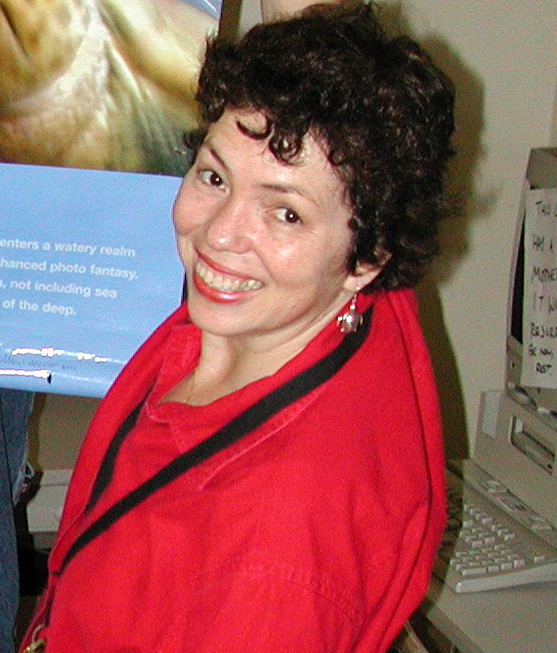Unseen
Perspectives
How it works:
In Unseen
Perspectives, students
see themselves and their surroundings from different perspectives and gain insight into how others might see them.
In Humanities or English class, they discuss how and why they
act differently at home versus school, with adults versus children,
with friends versus acquaintances, etc., and talk about the
“unseen” sides of themselves. The class brainstorms the multiple meanings of the word “perspective"
and discusses how their perceptions of someone might change if they could
“stand in that person's shoes” and see them from another
perspective.
Students begin by listing and outlining
perspectives of themselves others may not know about. For
homework, they write their first draft of a composition about their
“unseen” selves.
In
class, they share their first drafts in small groups and
critique each other’s work for content, interest, spelling, and
grammar.
For homework
they write their second draft.
After the
teacher proofs this, the students are ready to write their final
draft using a word processor.
In
Digital
Art class, students discuss what the word “perspective” means in
relationship to the visual arts.
The students use
the Internet to find step-by-step instructions for drawing using one-
and two-point perspective.
Each
student makes a pencil and paper sketch of his/her favorite room at
home using one-point perspective and a similar sketch of their
street or a place they like to go to outside their home using two-point
perspective.
They learn the fundamentals
of drawing and creating animation with Macromedia Flash, create their first Flash
animation using their sketch of a favorite
room at home for reference, and continue to create step-by-step animations to illustrate their
compositions.
After the animations are completed,
they are exported as SWF files.
The word-processed text from
their story is copied and pasted
into a Dreamweaver document. The students format the text to be
visually appealing and create links from specific words in their story
that correspond to animations they created.
The pages are tested on a web
browser for working links before posting on the Internet.
Standards addressed:
Students use
a variety of strategies for prewriting, editing, and publishing; evaluate
their own and others' writing
; use
content, style, and structure appropriate for specific audiences and
purposes; write
compositions about autobiographical incidents; and understand
what makes different art media, techniques, and processes effective in
communicating various experiences and ideas.
Materials
used:
The
program was designed for use with a networked Macintosh G3 lab. Each station
is equipped
with Internet access, and Microsoft Word, Dreamweaver, and Macromedia
Flash software.
The students:
Two
classes of heterogeneously grouped sixth grade students at the
Institute for Collaborative Education, a small New York City public school, helped develop Unseen Perspectives. The writing, artistic,
and technical skills of the students were varied.
Overall value:
It's
great to combine the work of two courses; the cross curriculum
concepts reinforce the learning and levels of excitement and energy in
the classroom. The students find the connections between their personal
lives, in and out of school, and their own perspectives on the world.
Perspective drawing and computer animation are powerful tools
that give the students a lot of confidence in their artistic
abilities. They are very excited to see their drawings and words come to
life.
Tips:
The
teacher can cut up recycled file folders in half, diagonally, to
create 30-, 60-, and 90-degree triangles for the kids to work with.
This is a lot cheaper than buying triangles and rulers!
|

About the teachers:
Meryl Meisler and Grace
Raffaele are colleagues working with the middle school students at the
Institute for Collaborative Education in NYC. Meryl teaches Digital
Art and Grace teaches Humanities. They like to collaborate on units
that involve both curricula.
E-mail:
merylart@earthlink.net
graceatice@yahoo.com
Subject Areas:
Language Arts
Arts
Technology
Grade Levels:
6-7
|